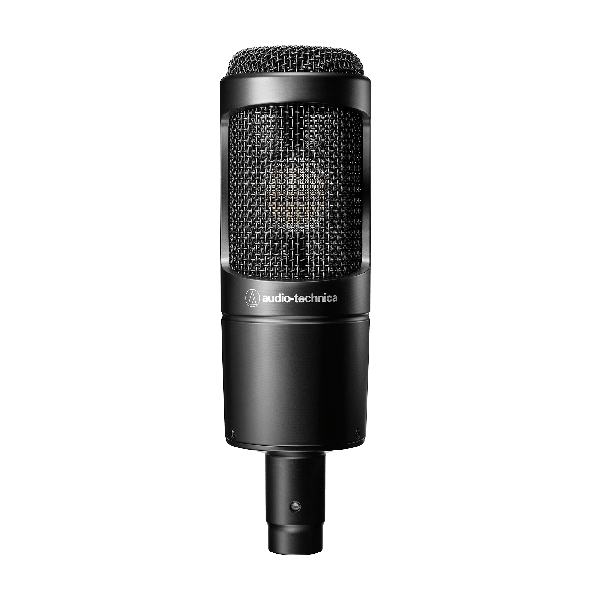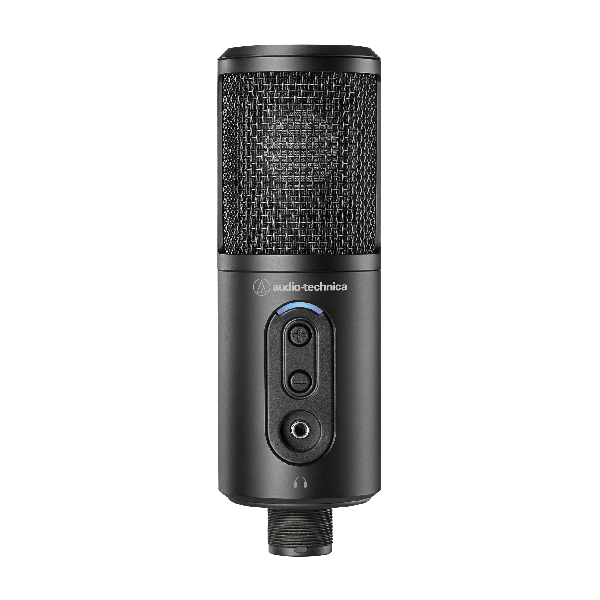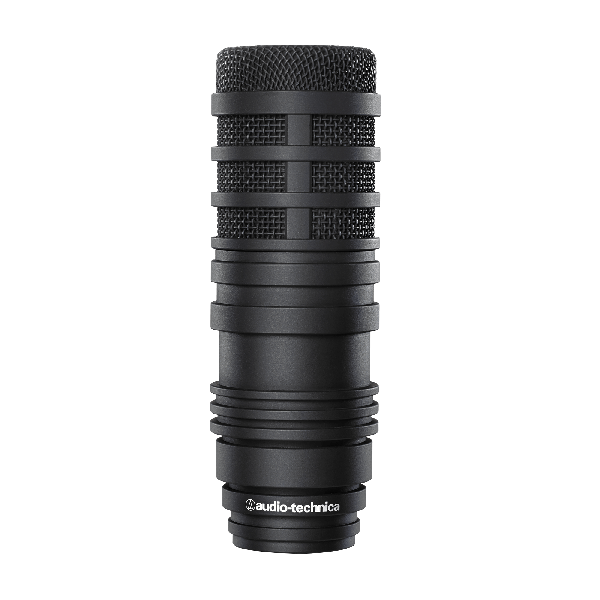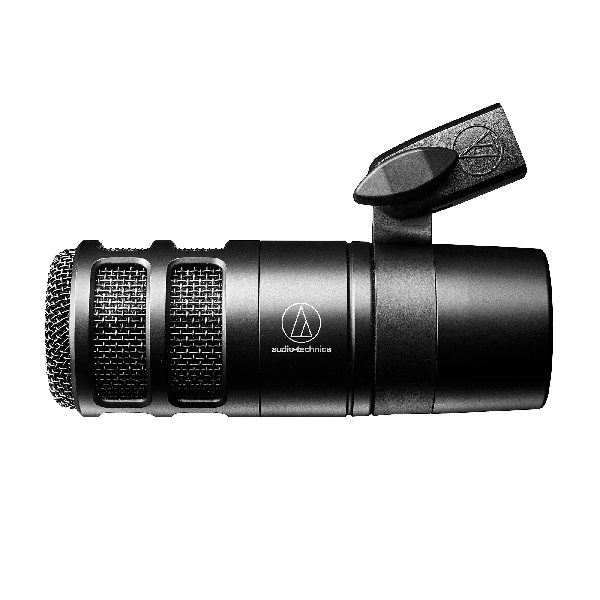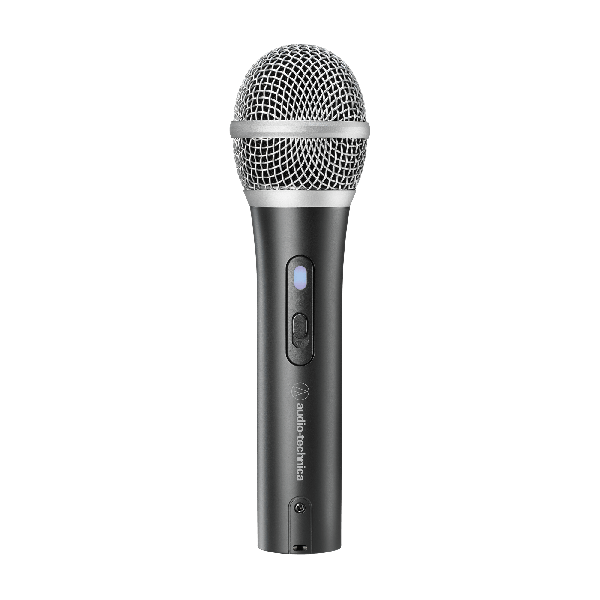Question: How do I determine which podcasting/streaming microphone will work best for me?
Answer: The process of choosing the right microphone for your application is important, as it is the first step in your signal chain. When you look at the different options of microphones, you may not fully understand why you might choose one over another. One microphone may excel in reducing background noises, whereas another may give you more freedom not to be right next to the microphone. There is always a trade off, and there are a few specific differences which may help you pick out your ideal microphone.
Dynamic microphones minimize room noises which make them perfect for sonically untreated rooms. They feature smooth audio capture for a warm classic broadcast sound. Dynamic microphones also require no external power to operate.
Condenser microphones are extremely sensitive and will pick up the subtlest of sounds in a room. They excel in sonically treated spaces. They feature very articulate audio with a broad response and a detailed high frequency capture. Due to the nature of their design, condenser microphones require external power to operate (phantom or battery).
When we look at these two types of microphones, condenser mics can allow the microphone to be mounted further away which provides the user more flexibility in placement. However, the further you are away from the microphone, the more room noise is captured. If you are in an acoustically treated and controlled environment, condenser mics are a popular choice. Dynamic mics may work better for those in an untreaded environment, as the microphones are less sensitive and can help minimize room noise. However, the user will need to be closer to the microphone to maintain consistent voice pickup.
The pickup pattern of a microphone is also important to help determine your choice. For podcasting and streaming, a microphone with a directional pickup is generally used. Supplying each person with their own directional microphone allows the sound to be maximized for each person. The most common directional pickup is called cardioid, which has a 120-degree acceptance range from the front of the element, and is optimized when speaking directly into the microphone while minimizing noise entering the microphone from the sides or rear.
Popular condenser podcasting microphones such as the AT2020 and AT2035 have a cardioid pickup pattern. When you need a tighter pickup pattern, you may use a microphone such as the dynamic AT2040, which offers a 100-degree acceptance called hypercardioid. The increased off-axis rejection will help reduce unwanted sounds in the room, making it a great solution for professionals and beginners alike.
You will also need to make certain you are speaking into the microphone element. Microphones that are designed to be aimed with the end or front of the microphone towards the sound source are often referred to as “end-address” or “front-address.” The AT2005USB and AT2040 microphones are front-address, whereas the AT2020 and AT2035 are considered “side-address” microphones. Side-address indicates that the element is placed facing the side of the microphone and should be spoken into from the side. You may notice that some microphones look like a side-address or a front-address but are, in fact, the opposite. When you are speaking right next to the microphone and notice that the sound seems distant and not forward, it is possible that you are speaking off axis to the microphone element. Be certain to speak directly into the element to get the best performance from the microphone.
Once you properly match your microphone to your voice and the environment, you may further maximize the performance of your audio with the tips we previously discussed here:
If you have additional questions about determining which microphone will best suit your needs, please contact the Audio Solutions Department.
